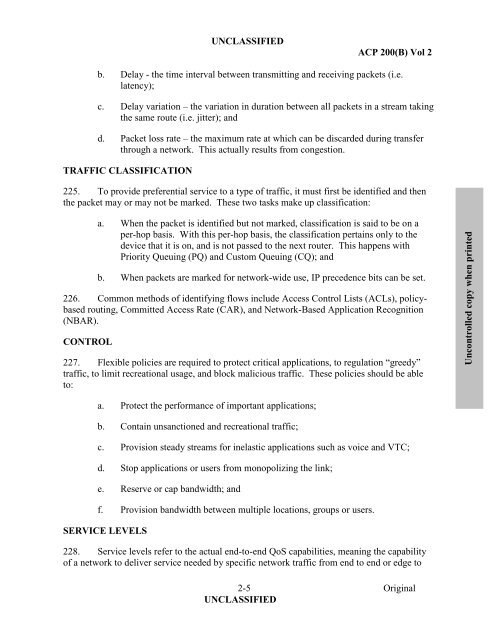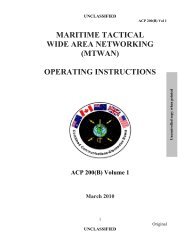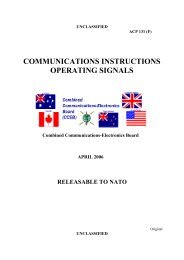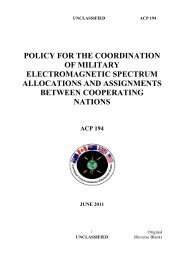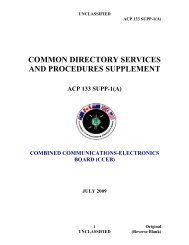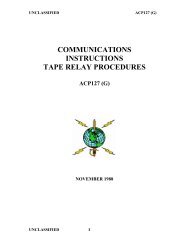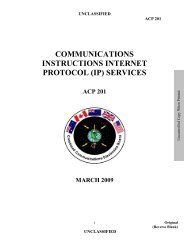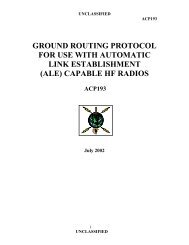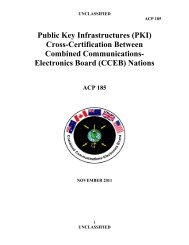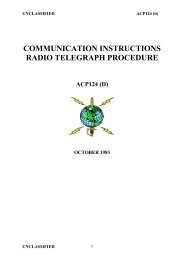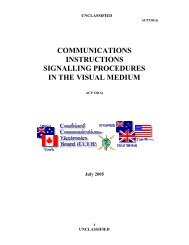- Page 1 and 2: Uncontrolled copy when printedUNCLA
- Page 3 and 4: Uncontrolled copy when printedUNCLA
- Page 5 and 6: Uncontrolled copy when printedUNCLA
- Page 7 and 8: Uncontrolled copy when printedUNCLA
- Page 9 and 10: Uncontrolled copy when printedUNCLA
- Page 11 and 12: Uncontrolled copy when printedUNCLA
- Page 13 and 14: Uncontrolled copy when printedUNCLA
- Page 15 and 16: Uncontrolled copy when printedUNCLA
- Page 17 and 18: Uncontrolled copy when printedUNCLA
- Page 19 and 20: Uncontrolled copy when printedUNCLA
- Page 21 and 22: Uncontrolled copy when printedUNCLA
- Page 23 and 24: Uncontrolled copy when printedUNCLA
- Page 25 and 26: Uncontrolled copy when printedUNCLA
- Page 27: Uncontrolled copy when printedUNCLA
- Page 31 and 32: Uncontrolled copy when printedUNCLA
- Page 33 and 34: Uncontrolled copy when printedUNCLA
- Page 35 and 36: Uncontrolled copy when printedUNCLA
- Page 37 and 38: Uncontrolled copy when printedUNCLA
- Page 39 and 40: Uncontrolled copy when printedUNCLA
- Page 41 and 42: Uncontrolled copy when printedUNCLA
- Page 43 and 44: Uncontrolled copy when printedUNCLA
- Page 45 and 46: Uncontrolled copy when printedUNCLA
- Page 47 and 48: Uncontrolled copy when printedUNCLA
- Page 49 and 50: Uncontrolled copy when printedUNCLA
- Page 51 and 52: Uncontrolled copy when printedUNCLA
- Page 53 and 54: Uncontrolled copy when printedUNCLA
- Page 55 and 56: Uncontrolled copy when printedNameS
- Page 57 and 58: Uncontrolled copy when printedUNCLA
- Page 59 and 60: SHF BW(kbps)INMARSATBW(kbps)SNR BWS
- Page 61 and 62: Uncontrolled copy when printedUNCLA
- Page 63 and 64: Uncontrolled copy when printedUNCLA
- Page 65 and 66: Uncontrolled copy when printedUNCLA
- Page 67 and 68: Uncontrolled copy when printedUNCLA
- Page 69 and 70: Uncontrolled copy when printedUNCLA
- Page 71 and 72: Uncontrolled copy when printedUNCLA
- Page 73 and 74: Uncontrolled copy when printedUNCLA
- Page 75 and 76: Uncontrolled copy when printedUNCLA
- Page 77 and 78: Uncontrolled copy when printedUNCLA
- Page 79 and 80:
Uncontrolled copy when printedUNCLA
- Page 81 and 82:
Uncontrolled copy when printedUNCLA
- Page 83 and 84:
Uncontrolled copy when printedUNCLA
- Page 85 and 86:
Uncontrolled copy when printedUNCLA
- Page 87 and 88:
Uncontrolled copy when printedUNCLA
- Page 89 and 90:
CISCOVPN3000CONCENTRATORSERIESETHER
- Page 91 and 92:
Uncontrolled copy when printedUNCLA
- Page 93 and 94:
Uncontrolled copy when printedUNCLA
- Page 95 and 96:
Uncontrolled copy when printedMTWAN
- Page 97 and 98:
Uncontrolled copy when printedUNCLA
- Page 99 and 100:
Uncontrolled copy when printedUNCLA
- Page 101 and 102:
Uncontrolled copy when printedUNCLA
- Page 103 and 104:
Uncontrolled copy when printedUNCLA
- Page 105 and 106:
Uncontrolled copy when printedUNCLA
- Page 107 and 108:
Uncontrolled copy when printedUNCLA
- Page 109 and 110:
Uncontrolled copy when printedUNCLA
- Page 111 and 112:
Uncontrolled copy when printedUNCLA
- Page 113 and 114:
Uncontrolled copy when printedUNCLA
- Page 115 and 116:
Uncontrolled copy when printedUNCLA
- Page 117 and 118:
Uncontrolled copy when printedUNCLA
- Page 119 and 120:
Uncontrolled copy when printedUNCLA
- Page 121 and 122:
Uncontrolled copy when printedUNCLA
- Page 123 and 124:
Uncontrolled copy when printedUNCLA
- Page 125 and 126:
Uncontrolled copy when printedUNCLA
- Page 127 and 128:
Uncontrolled copy when printedUNCLA
- Page 129 and 130:
Uncontrolled copy when printedUNCLA
- Page 131 and 132:
Uncontrolled copy when printedUNCLA
- Page 133 and 134:
Uncontrolled copy when printedUNCLA
- Page 135 and 136:
Uncontrolled copy when printedUNCLA
- Page 137 and 138:
Uncontrolled copy when printedUNCLA
- Page 139 and 140:
Uncontrolled copy when printedUNCLA
- Page 141 and 142:
Uncontrolled copy when printedUNCLA
- Page 143 and 144:
Uncontrolled copy when printedUNCLA
- Page 145 and 146:
Uncontrolled copy when printedUNCLA
- Page 147 and 148:
Uncontrolled copy when printedUNCLA
- Page 149 and 150:
Uncontrolled copy when printedUNCLA
- Page 151 and 152:
Uncontrolled copy when printedUNCLA
- Page 153 and 154:
Uncontrolled copy when printedUNCLA
- Page 155 and 156:
Uncontrolled copy when printedUNCLA
- Page 157 and 158:
Uncontrolled copy when printedUNCLA
- Page 159 and 160:
Uncontrolled copy when printedUNCLA
- Page 161 and 162:
Uncontrolled copy when printedUNCLA
- Page 163 and 164:
Uncontrolled copy when printedUNCLA
- Page 165 and 166:
Uncontrolled copy when printedUNCLA
- Page 167 and 168:
Uncontrolled copy when printedUNCLA
- Page 169 and 170:
Uncontrolled copy when printedUNCLA
- Page 171 and 172:
Uncontrolled copy when printedUNCLA
- Page 173 and 174:
Uncontrolled copy when printedUNCLA
- Page 175 and 176:
Uncontrolled copy when printedUNCLA
- Page 177 and 178:
Uncontrolled copy when printedUNCLA
- Page 179 and 180:
Uncontrolled copy when printedUNCLA
- Page 181 and 182:
Uncontrolled copy when printedUNCLA
- Page 183 and 184:
Uncontrolled copy when printedUNCLA
- Page 185 and 186:
Uncontrolled copy when printedUNCLA
- Page 187 and 188:
Uncontrolled copy when printedUNCLA
- Page 189 and 190:
Uncontrolled copy when printedUNCLA
- Page 191 and 192:
Uncontrolled copy when printedUNCLA
- Page 193 and 194:
Uncontrolled copy when printedUNCLA
- Page 195 and 196:
Uncontrolled copy when printedUNCLA


